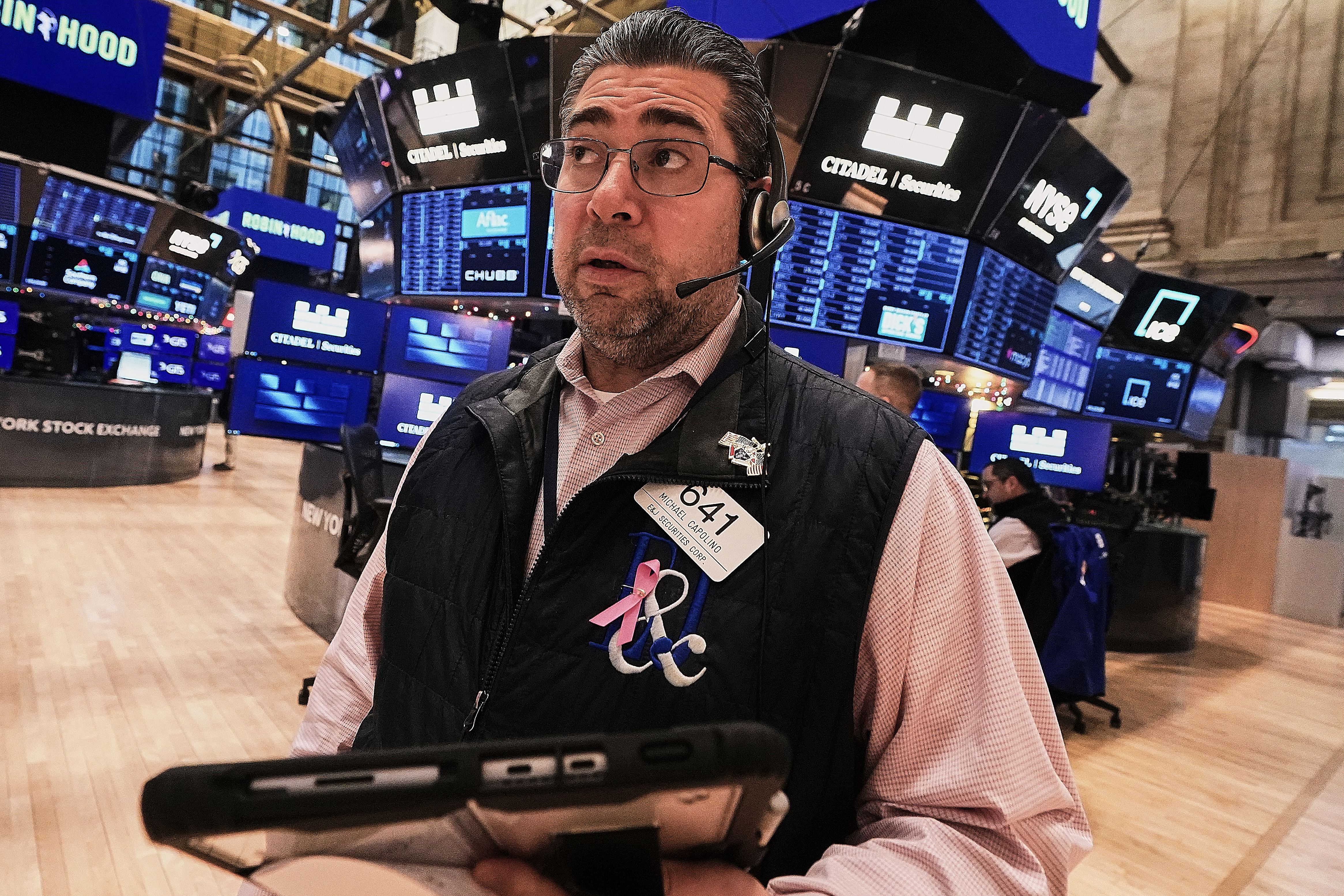Based on new government data, Social Security recipients should expect to see a 3.2% increase at the end of the year in the annual cost-of-living adjustment, according to the Senior Citizen League.
The Social Security Administration will announce 2024's cost-of-living adjustment next month. Increases would then take effect two months later.
At 3.2%, the average monthly benefit of $1,790 would increase by about $57.
The last cost-of-living adjustment came in December 2022, when the Social Security Administration increased 2023 payments by 8.7%. The 2023 increase was the highest cost-of-living adjustment made by the Social Security Administration since 1981.

Could new poverty data renew push for expanding the child tax credit?
The poverty rate among children declined dramatically in 2021 amid an expanded child tax credit that President Biden hopes to bring back.
In the last decade, annual cost-of-living increases have averaged 2.55%.
The Social Security Administration says it bases its cost-of-living adjustment on the consumer price index for urban wage earners and clerical workers. The Bureau of Labor Statistics releases consumer price index data monthly. As of August 2023, the consumer price index is up 3.7% compared to the year prior.
Inflation is back on the rise after falling to an annual rate of 3% in June.
The Senior Citizens League notes that cost-of-living adjustments haven't done a good job of keeping up with seniors' everyday expenses.
According to the Senior Citizens League, people who retired before 2000 have lost 36% of their buying power. On average, these retirees — most of them over age 85 — would need an extra $516 a month to maintain the same buying level as they had in 2000.









